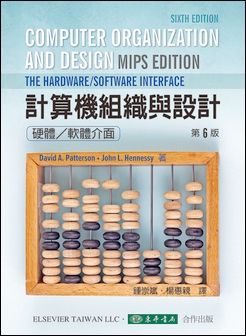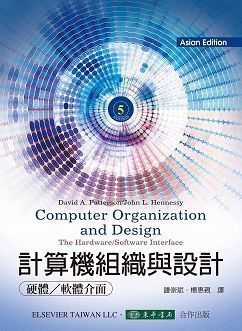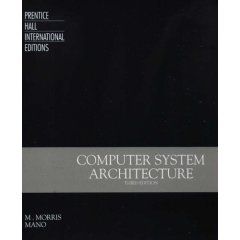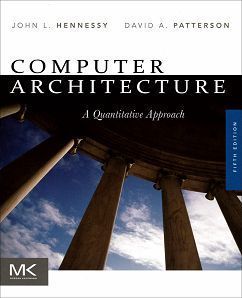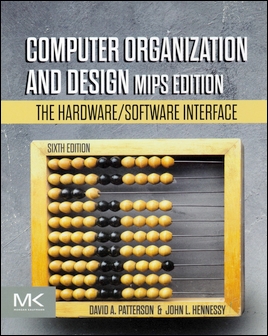書籍分類
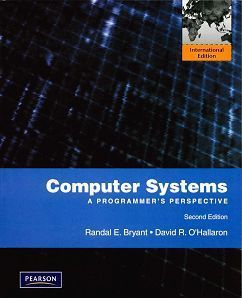
Computer Systems: A Programmer's Perspective 2/e
作者:Randal E. Bryant, David R. O'Hallaron
原價:NT$ 1,250
ISBN:9780137133369
版次:2
年份:2011
出版商:Pearson Education
頁數/規格:1077頁/平裝雙色
版次:2
年份:2011
出版商:Pearson Education
頁數/規格:1077頁/平裝雙色
內容介紹 本書特色 目錄
- Description
Few students studying computer science or computer engineering will ever have the opportunity to build a computer system. On the other hand, most students will be required to use and program computers on a near daily basis. Computer Systems: A Programmer's Perspective introduces the important and enduring concepts that underlie computer systems by showing how these ideas affect the correctness, performance, and utility of application programs. The text's hands-on approach (including a comprehensive set of labs) helps students understand the “under-the-hood” operation of a modern computer system and prepares them for future courses in systems topics such as compilers, computer architecture, operating systems, and networking.



